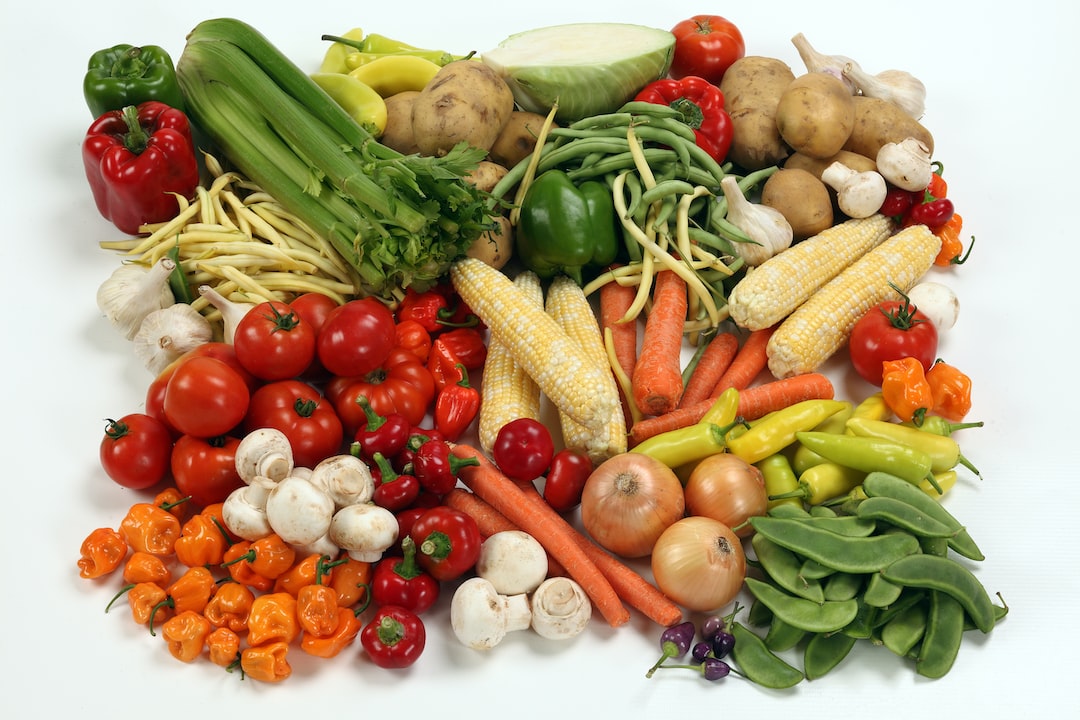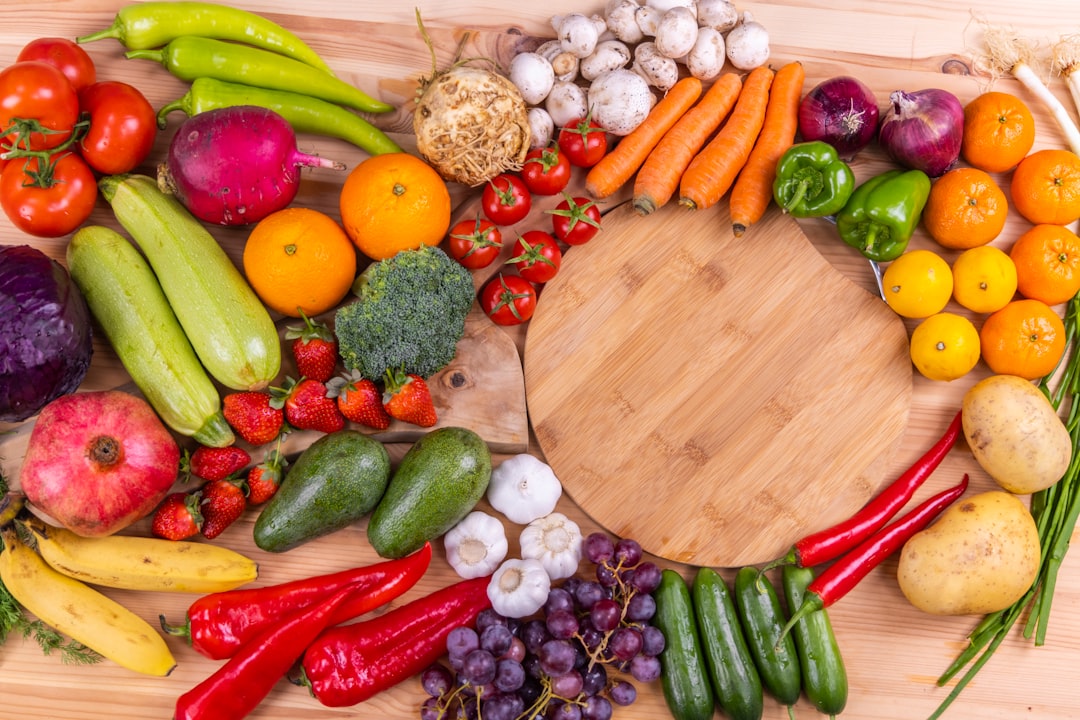When was the last time you truly savored the taste of your food? In today’s fast-paced world, it’s easy to eat on the go, shove food down our throats, or skip meals altogether. But what if we told you that there’s a better way to enjoy food that can benefit not only our bodies but our minds as well? This is where the concept of mindful eating comes into play.
Mindful eating is defined as the practice of paying attention to our food, both in terms of what we eat and how we eat it. It’s about being present in the moment, tuning in to our bodies’ hunger signals, and truly savoring each bite. By doing so, we can develop a healthier and more positive relationship with food, while also improving our overall well-being.
In a world where we are bombarded with fad diets and conflicting health advice, it’s important to take a step back and focus on the basics – eating wholesome, nourishing food and giving it the attention it deserves. So, let’s dive deeper into the world of mindful eating and explore how we can incorporate this practice into our daily lives.
Section One: Eat When You’re Hungry, Stop When You’re Full
When it comes to mindful eating, one of the most fundamental principles is to listen to your body’s hunger and fullness signals. This means paying close attention to your body’s physical sensations and eating when you’re truly hungry, rather than just eating out of habit or emotional triggers.
Stopping when you’re comfortably full, instead of overeating, is equally as important. It can be tempting to finish everything on your plate, especially if it’s something you enjoy, but tuning in to your body’s fullness cues can help you avoid overindulging.
One helpful tip is to eat slowly and take breaks throughout your meal to check in with yourself and assess how hungry or satisfied you’re feeling. This can also help prevent the discomfort that often comes with eating too quickly or mindlessly.
In addition to helping you tune in to your body’s natural hunger and fullness signals, eating mindfully can also help you develop a deeper appreciation and enjoyment of food. By savoring each bite and being fully present with your food, you may find that you feel more satisfied and fulfilled with smaller portions.
In the next section, we’ll discuss the importance of slowing down and savoring each bite to fully embrace the benefits of mindful eating.
Stopping when you’re comfortably full, instead of overeating, is equally as important.
Section Two: Slow Down and Savor Each Bite
Many of us eat so quickly that we barely even taste our food. We’re busy, we’re distracted, or we’re trying to cram food into our mouths before the next interruption. But this kind of rushed eating does a disservice to our bodies and our minds. When we don’t take time to savor each bite, we miss out on the pleasure and satisfaction that comes from truly enjoying our meals.
To practice mindful eating, one of the most important things we can do is slow down. Take your time and savor each bite. Chew slowly and deliberately, paying attention to the flavors and textures of the food. Put down your fork or spoon in between bites and take a moment to breathe and reset.
In addition to helping us appreciate our food more fully, slowing down and savoring each bite also helps us recognize when we’re full. It takes about 20 minutes for the brain to register that we’ve eaten enough, so eating slowly can prevent overeating and help us feel satisfied without overindulging.
So, the next time you sit down to a meal, try to slow down and savor each bite. See if you can make your mealtime a relaxing, pleasurable experience rather than just a task to be completed. Your body and mind will thank you.
In addition to helping us appreciate our food more fully, slowing down and savoring each bite also helps us recognize when we’re full.
Section Three: Avoid Distractions While Eating
Eating without distraction is a key factor in mindful eating. When you are busy with other tasks while eating, you are not fully present and engaged with your food. This easily leads to overeating and consuming more calories than your body actually needs.
Distractions during meal times can come in many forms, from watching TV or scrolling through social media to doing work on your laptop or phone. All of these activities divert your attention from your food and the act of eating. This can make it difficult to recognize when you are full, and you may end up eating more than necessary.
To avoid distractions, make a conscious effort to create a peaceful and distraction-free environment when eating. Turn off your phone, TV, or other electronic devices, and focus on your meal. Take slow and deliberate bites, savor the flavors in your mouth, and pay attention to your body’s hunger and fullness cues.
Mindful eating is not just about what we eat, but also how we eat. By avoiding distractions, we can cultivate a deeper connection with our food and the act of eating. This can lead to greater enjoyment and satisfaction with our meals, while also promoting a healthier relationship with food.
So, the next time you sit down to eat, try to eliminate any distractions and enjoy your meal fully. You might be surprised at how much more you can appreciate the taste and texture of your food, and how much more aware you are of when you are full.
Take slow and deliberate bites, savor the flavors in your mouth, and pay attention to your body’s hunger and fullness cues.
Section Four: Connect with Your Food and the Source
Eating mindfully involves not just being aware of what you’re eating and how it makes you feel physically, but also acknowledging the origins of your food and the people and processes behind it. By practicing mindfulness in your food choices, you’re able to recognize the connection between you, the food, and the environment.
One of the easiest ways to connect with your food is by eating locally sourced, seasonal food. This not only supports local farmers and businesses but also reduces the carbon footprint caused by transporting food long distances. Take some time to research where your food comes from and opt for brands that are transparent about their sources and practices.
Additionally, you can get involved in the growing and preparing of your own food. Starting a vegetable garden or planting herbs on your kitchen windowsill can deepen your connection with the food you eat. Growing your own food allows you to witness the entire process from seedling to harvest, and it provides a sense of pride and accomplishment when you finally get to eat what you’ve grown.
Another way to connect with your food is through mindful shopping. Take your time to read labels and choose products that are free from harmful chemicals and preservatives. Look for options that are organic and sustainable, and avoid products that are heavily processed. Shopping this way helps you make more intentional choices about what you bring into your home and your body.
By practicing mindfulness in food choices, you can cultivate a deeper connection with your food, appreciate the sources of your nourishment, and gain a greater sense of respect for the environment. Remember, the more in tune you are with what you eat and where it comes from, the easier it is to make choices that promote wellness and balance.
Look for options that are organic and sustainable, and avoid products that are heavily processed.
Section Five: Embrace Mindful Snacking
Snacking can be one of the biggest obstacles to mindful eating. We often reach for a quick snack without thinking about whether we’re truly hungry or just bored or stressed. But with a little bit of effort and awareness, snacking can actually be a wonderful opportunity for mindfulness.
First, it’s important to pay attention to your body’s signals. Are you actually hungry, or are you just looking for a distraction? If you’re feeling hungry, make sure to choose a snack that will truly satisfy you. This might mean opting for protein and fiber-rich foods like nuts or veggies and hummus rather than a sugary snack that will only leave you feeling unsatisfied.
Once you’ve chosen your snack, take the time to sit down and really savor it. Pay attention to the flavors and textures, and try to eat slowly and mindfully. This can be especially helpful if you’re feeling stressed or anxious – taking the time to savor your snack can give you a chance to slow down and regroup.
Another important aspect of mindful snacking is being mindful of portions. It’s easy to mindlessly snack on a whole bag of chips or a whole container of ice cream, but it’s important to pay attention to how much you’re eating. Dividing your snack into a portion-controlled bowl or container can be a helpful way to keep yourself from overindulging.
Overall, mindful snacking is all about being present and aware in the moment. By paying attention to your body’s signals, choosing satisfying snacks, and taking the time to savor your food, you can turn snacking into a positive and mindful experience.
First, it’s important to pay attention to your body’s signals.
Conclusion: Finding Peace and Balance Through Mindful Eating
In today’s fast-paced world, finding time for mindful eating can be a challenge. We are constantly bombarded with distractions, from TVs and cell phones to social media and work emails. However, taking the time to eat mindfully can have numerous benefits for our physical and mental health.
By eating when we’re hungry and stopping when we’re full, we can better attune ourselves to our body’s needs. This can lead to improved digestion, better sleep, and a more positive relationship with food. Slowing down and savoring each bite can also enhance the pleasure of eating and help prevent overeating.
Avoiding distractions during meals can also be beneficial for our mental health. By focusing on the present moment and our food, we can reduce stress and anxiety. Connecting with our food and its source can also cultivate gratitude and a deeper sense of appreciation for the nourishment that it provides.
Finally, embracing mindful snacking can help us maintain a balanced and sustainable diet. Rather than mindlessly grabbing whatever snacks are available, we can choose snacks that nourish us and provide sustained energy throughout the day.
In conclusion, mindful eating offers numerous benefits for our overall health and well-being. By taking the time to eat mindfully and connect with our food, we can find greater peace and balance in our lives. So the next time you sit down to eat, try implementing some of these mindful eating practices and see how they can transform your relationship with food.





